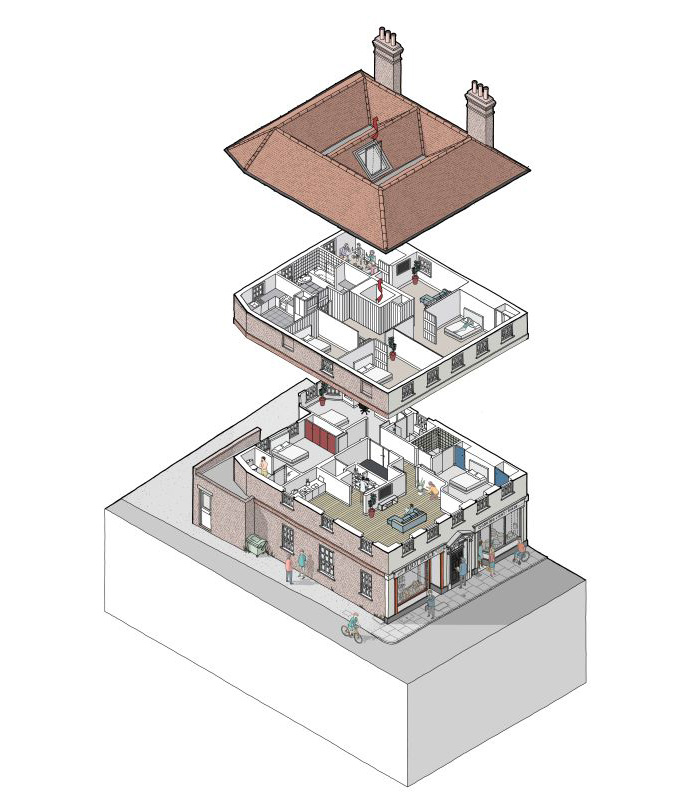Combining large practice expertise and efficiency (Foster+Partners, Aedas, and Woods Bagot) and a small practice attention to detail, they have created a nimble organisation. The benefit of this approach means that it can take creative ‘swipes’ between sectors benefiting clients with a richer result that is more closely attuned to the brief. This adds value through efficiency, freeing up more budget for delight.
A strong focus has been placed on technical proficiency and Atomik Construct was introduced last year after engaging in various technical projects. Atomik values the social aspects of construction and strives to seamlessly integrate into projects with a humble attitude to accomplish tasks effectively.
This month, RIBA London spoke to Atomik Architecture's leaders Mike Oades, Derek Draper, Max Fraser, and Sophie McCarthy.
What do you think is the most important issue for architects to focus on right now, and what are you doing as a practice to tackle it?
There isn’t one single most important issue for architects to focus on; there are many issues continually affecting the way that we all practice and design. However, one particular focus for us currently is the Building Safety Act.
This is an opportunity for practices to take on more responsibility within the development of the built environment, and with this agency comes greater authority and ultimately more worth. There is a perception within some quarters of the profession that the risk of this activity is to be avoided, but these thoughts are surely counterintuitive, as the process is primarily about de-risking the construction and occupation of buildings. We can’t complain about being marginalised if we, as a profession, don’t use this genuine opportunity to take the lead.
Over the last year we have been actively setting up procedures for becoming Gateway 2 ready. We have been taking clients and teams through the stages early, so that there are no surprises.
Access into architecture is also a ticking time bomb for the profession. The cost and relevance of full-time study to practice, combined with low salaries, will not attract the best and more representative next generation of candidates; we need to make practicing architecture a more attractive prospect and career.
There is a lot of snobbery still in the industry, but the ability to accept candidates from different backgrounds and experience can only enrich what we do. Derek originally trained as a car mechanic and Max was a metal roofer before taking a part-time course at the University of Greenwich. Their unique insights add value to our work in ways that a traditional university education can only fail to provide. Make no mistake, this isn’t an easy route to follow, but it opens us all up to think differently about the places that we make.
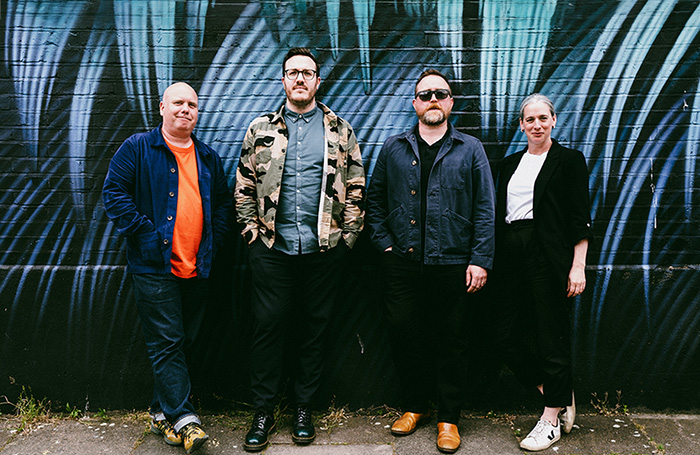
What do you think architecture practices need most support with?
As a profession we have been serially undervaluing our core activities for decades – from our experience this trait is not limited to the UK either. The undercutting of fees is an issue at every level of the profession. No one is going to solve this problem for us. It is up to practices to compete for work fairly and without bringing profession into disrepute, by relying on unpaid overtime and low salaries to resource and underdeliver their projects – it’s dangerous and unhealthy.
Recent initiatives such as the Pay 100 have highlighted the issue of architects’ low pay, particularly at the beginning of our careers, and in contrast to other comparable professions. Retrospective salary surveys are a useful tool, but they should be balanced with a more commensurate, or even aspirational, forecast of remuneration that recognises the complex tasks and risks that we take on – surely this would not contravene the competition laws that led to the disbandment of fee scales, and would force practices to value their services and staff more?
If a law graduate with five years’ experience can command a salary of £60k, shouldn’t an architect with five years post qualification experience be commanding a salary of at least the same?
Perhaps this is something that Chartered Membership of the RIBA could genuinely help to represent – quality and value. Recently the indemnity insurance market, which had been undervaluing its services for years, had to reset their premiums to align better with their risk. As a profession we need to be encouraged to do the same and we think that our clients would accept this too.
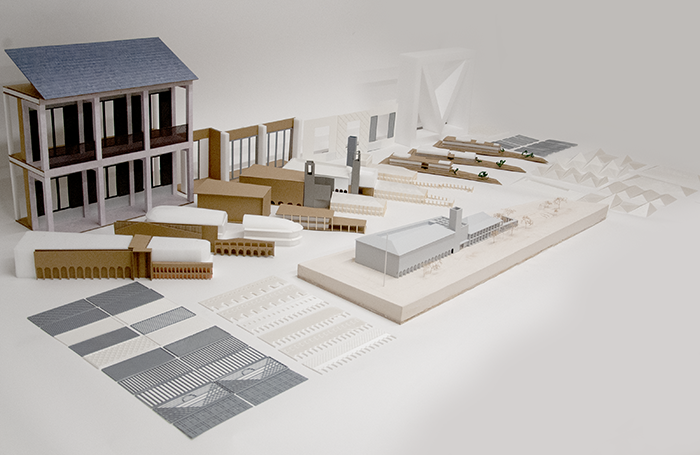
What cost, time and material efficiencies has BIM technology brought to your projects? Do you think the use of these new technologies has given you advantage in gaining work?
Every practice should be embracing BIM for many reasons. It is an amazingly powerful tool and has enabled us to achieve much more with far less effort.
For us BIM works best as a collaboration tool between disciplines – we love a bit of structure and services coordination. It is amazing that BIM is still described as 'new technology'. One member of staff was using Calcomp IGS 500 (hardware and software) in the 1970’s to draw and schedule out office furniture for Herman Miller.
However, BIM can bring both efficiency and inefficiency in equal measure. Efficiency should be about using the right tool for the right job and you can waste a lot of time and effort tweaking a BIM model when a simple hand drawing could resolve a detail issue clearly and quickly.
Over the past five years, alongside our own projects, we have been working for several large contractors on both design and build and traditional contracts; as a result, we review a lot of other architects’ work and there is a wide range in the level and quality of the tender information that we see.
BIM plays a significant role in the quality of this information. At RIBA Stage 3 the BIM model has limited use in describing a building other than the spatial aspects of the scheme. This is fine for RIBA Stage 3, but it is often this information that is used for tender to describe a building for pricing. If unresolved details and junctions are simply cut out of the BIM model – this will not constitute a detailed drawing.
This lack of resolution adds risk and cost to tender prices. There is also a more worrying trend emerging from this in that fewer architects appear able to adequately fill in the gaps – your BIM platform won’t resolve that for you – perhaps AI will?
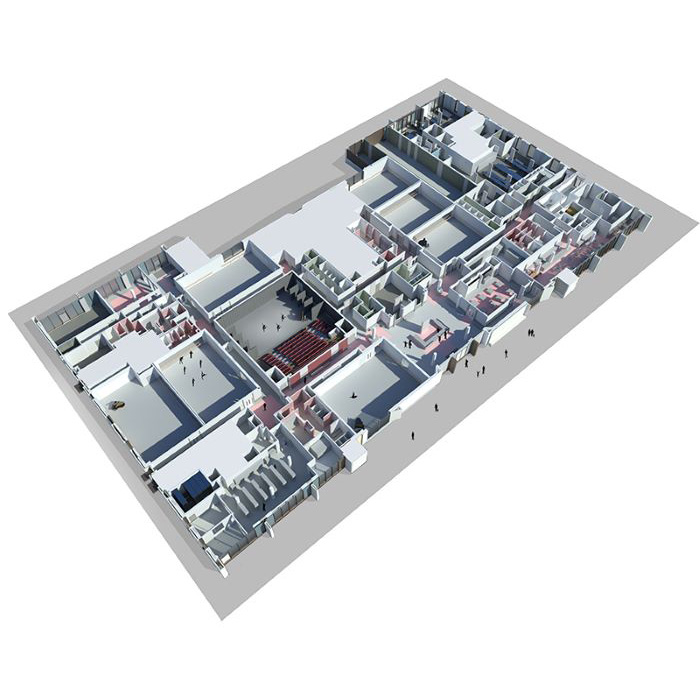
What benefits have you experienced from becoming a RIBA Chartered Practice?
RIBA often appears to get a hard time from its members and the architectural press in the UK, which can overshadow some of the organisation’s excellent work that it does for its members. RIBA has always been an important badge for us when working abroad and something that we are proud to be part of.
Our experience working in Central Asia, is that Chartered Membership comes with a high level of credibility and value, so being a RIBA Member has opened a number of doors when approaching official organisations, particularly in the early days of the practice and as a founding partner of Urban Forum Almaty in 2015.
Membership also gained our client the trust to navigate the sensitivities of a development within a World Heritage Site in Uzbekistan assisting in discussions with Icomos and the cultural ministry.
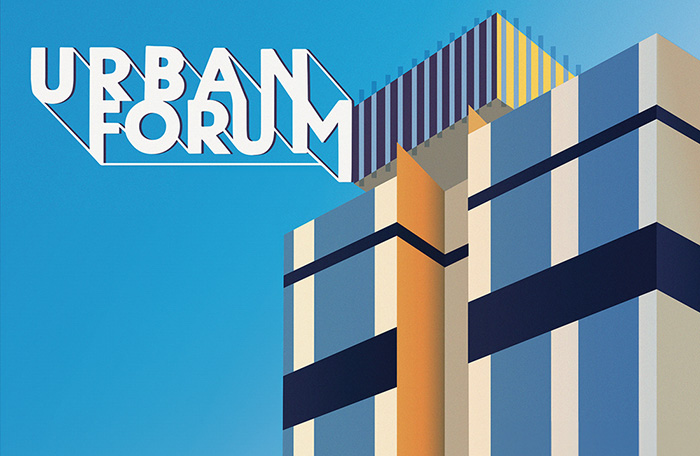
What’s the most exciting project you’ve got coming up and why?
As part of our corporate social responsibility we have been working on a pro bono basis with the Antigua and Barbuda Symphony Orchestra. Our journey with the orchestra started in 2019 through an approach from Her Excellency Karen-Mae Hill, High Commissioner for Antigua and Barbuda.
Originally the brief was to repurpose a disused cinema to create a home for the fledgling orchestra. However, the evolving brief has meant that a more permanent home was required. We recently gained permission in principle for a new purpose built Music Academy near St. Johns.
Our deep connection to music makes collaborating with the board and orchestra a source of both professional satisfaction and personal fulfillment and can't wait to see the evolution of this collaboration through the technical design phases.
Where do you look for inspiration?
Each project provides bucket-loads of its own inspiration. Often it is the research into a building and brief that provides the foundation for our emerging ideas.
We also draw inspiration from each other, the client, and the wider consultant and contractor teams. At Atomik we employ a healthy work life balance, it enables us to bring something of ourselves outside the office to influence our work within. For us design is a shared experience. We laugh a lot in the studio too, we often find humour in situations.
